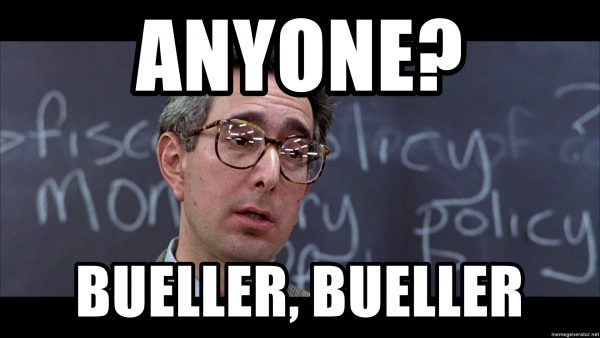How A Supreme Court Case Is Showing The Divisions Among Us
The Supreme Court of the United States will soon be taking on NYSRPA v. Bruen, which may potentially result in a landmark Second Amendment decision on the right to bear arms. I am keeping my expectations low but hope to be pleasantly surprised next year. After all, the court tends to be measured, cautious and incremental. And lest we forget, the court also narrowed down the question presented when it decided to take on the case.
Besides, even with a favorable ruling, New York State is going to find ways to get around any wins the Supreme Court may hand down to us pesky gun-owning New Yorkers. Our legislators already have some bills in the works to get ahead of the curve.
Regardless of the magnitude of the win or New York’s vendetta in response, this court case has had a previously unthinkable variety of amicus briefs from diverse interest groups. By my count, there have been a total of 85 amicus briefs: 48 in support of the petitioners, 35 in support of New York State, and 2 briefs ostensibly in support of neither party.
The amicus briefs have revealed disagreements that show that Americans’ group identities are nowhere near a monolith when it comes to their rights. Here are some interesting divisions that stand out:
NAAGA vs. NAACP – The National African American Gun Association (NAAGA) has filed an amicus brief in support of New Yorkers’ gun rights. Their brief includes a detailed history of the discrimination endured by African Americans over the course of this country’s history when it came to their constitutionally protected gun rights, and they call for the right remedy to the injustices: protecting the right for everyone, instead of entrenching the power of New York State to discriminate at will. On the opposite side of the debate sits the National Association for the Advancement of Colored People (NAACP), which has played an irreplaceable historical role in the civil rights movement, but which has issues when it comes to the inclusion of the right to keep and bear arms in the pantheon of civil rights.
NAAGA isn’t the only African American gun rights group that filed an amicus brief; Maj Toure’s Black Guns Matter has also filed one in conjunction with two other pro-rights groups.
Pinks Pistols vs. Lambda Legal – The gay rights group Lambda Legal has played an important role in litigation that helped win recognition of the rights of the LGBT community. It was surprising to see them step into the Second Amendment debate with an amicus brief, and disappointing to see the side they chose. However, on the pro-rights side, the nation’s oldest gun rights group that caters to the gay community (Pink Pistols) and the organization it merged with (Operating Blazing Sword) filed an amicus brief emphasizing how gun rights are important to the gay community, and why that right should be protected not just for gay people, but for every American.
Another gun rights group that trains the LGBT community is Armed Equality. They filed their joint amicus brief with Black Guns Matter and A Girl & A Gun Women’s Shooting League.
Independent Women’s Law Center vs. League of Women Voters – Traditionally, the ownership of arms has been associated with men. However, women have been making huge strides in gun ownership and are among the fastest growing demographics when it comes to first-time gun buyers. The League of Women Voters, the organization that registered me to vote after I took my Oath of Citizenship, filed an amicus brief in support of New York. The Independent Women’s Law Center, on the other hand, filed a strong pro-rights brief.
Black Attorneys of Legal Aid and other Public Defenders vs. Prosecutors Against Gun Violence – The people fighting the worst of the legal abuses meted out to the poor are public defenders. They know how horrible the State can be because they are in the trenches fighting the system. The rest of us will likely never know what it’s like to be poor and on the receiving end of a vicious State apparatus. If you don’t have the time to read their amicus brief, just look at the Table of Contents; you will find a series of one-sentence tragic stories. On the anti-rights side, an organization called Prosecutors Against Gun Violence has filed an amicus brief.
Professors of Second Amendment Law vs. Professors of History and Law – Academics are split too. There are dueling amicus briefs submitted by two groups on either side of the debate. In addition to the aforementioned groups, there are other academics who also filed briefs. Professors Robert Leider, Nelson Lund, William English, J. Joel Alicea, Joyce Lee Malcolm (with the FPC) filed amicus briefs on the pro-rights side. Academics from the Duke University Center for Firearms Law also filed a brief ostensibly in support of neither party.
Regardless of the Court’s ruling, this case shows us how no group is monolithic when it comes to political stances, and the support for Second Amendment rights is as wide as it is deep. That’s worthy of celebration.


